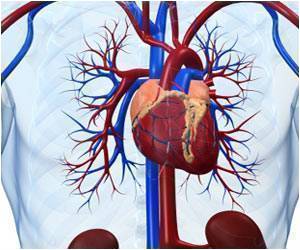In children born with complex heart defects, the poor growth seen may result from factors beyond deficient nutrition.

The study appeared as an online article in the January 2013 issue of Pediatrics.
The researchers performed a retrospective analysis of medical records of 856 children with congenital heart disease (CHD), compared to 7,654 matched control subjects. All the children were measured up to age 3, and all were drawn from the healthcare network of The Children's Hospital of Philadelphia.
Within weeks of birth, the children with CHD had significant deficits in weight, length and head circumference, compared to matched controls without CHD. The largest differences in weight occurred at 4 months of age. Among the 856 children with CHD, the 248 who required surgical repair were much more likely to be below the 3rd percentile in weight, length and head circumference during early infancy, and their growth by age 3 did not catch up with that of their healthy peers.
In the 608 children with CHD who did not require surgery, growth differences were not as pronounced, but even their growth patterns lagged behind those of healthy controls.
Researchers already knew that children with CHD have an increased risk for poor growth, but this analysis provides a fuller picture of the problem. Cohen observed that in the general population, when caloric intake is insufficient, an infant's weight is usually affected first, followed by length and head circumference. "The fact that all three parameters changed simultaneously rather than sequentially supports the idea that impaired growth in children with heart disease is affected at least in part by factors unrelated to nutrition."
Advertisement
Source-Eurekalert















